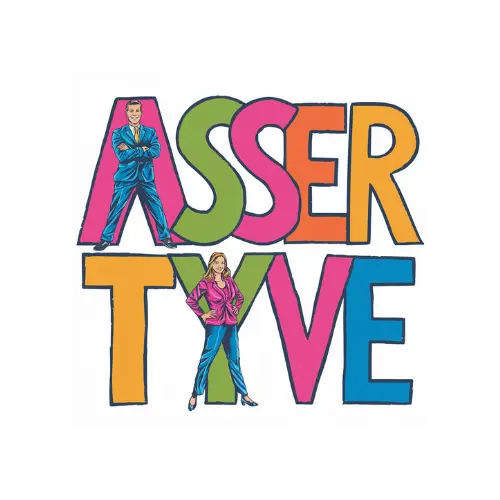What is Collaborative Negotiation?
Collaborative negotiation is a problem-solving approach to conflict resolution that focuses on finding mutually beneficial solutions. It’s a process where parties work together to identify their interests, needs, and goals, and then collaborate to find creative solutions that satisfy all parties involved. This approach is based on the principles of mutual respect, open communication, and a willingness to listen and understand each other’s perspectives.
In traditional negotiation, parties often focus on their individual goals and try to maximize their gains at the expense of the other party. In contrast, collaborative negotiation encourages parties to work together to find a solution that benefits everyone. This approach is particularly useful in situations where the parties have a long-term relationship or need to work together in the future.
Benefits of Collaborative Negotiation
Collaborative negotiation offers several benefits over traditional negotiation approaches. Some of the key advantages include:
-
Improved relationships: Collaborative negotiation fosters a sense of trust and respect between parties, which can lead to stronger, more lasting relationships.
-
Creative solutions: By working together, parties can come up with creative solutions that might not have been possible through traditional negotiation.
-
Increased satisfaction: Collaborative negotiation leads to solutions that satisfy all parties, resulting in higher satisfaction rates.
-
Reduced conflict: This approach reduces the likelihood of conflict and promotes a more constructive dialogue.
-
Long-term focus: Collaborative negotiation encourages parties to think about the long-term implications of their decisions, leading to more sustainable solutions.
Principles of Collaborative Negotiation
Collaborative negotiation is based on several key principles, including:
-
Mutual respect: Parties must respect each other’s interests, needs, and goals.
-
Open communication: Communication must be open, honest, and transparent.
-
Active listening: Parties must listen carefully to each other’s perspectives and concerns.
-
Creative problem-solving: Parties must be willing to think creatively and explore new solutions.
-
Flexibility: Parties must be flexible and willing to compromise.
Steps to Effective Collaborative Negotiation
To negotiate collaboratively, follow these steps:
-
Prepare thoroughly: Research the issue, identify your interests and goals, and prepare your negotiation strategy.
-
Establish a positive tone: Start the negotiation with a positive tone, focusing on mutual respect and open communication.
-
Identify common goals: Work together to identify common goals and interests.
-
Generate options: Brainstorm potential solutions and evaluate them together.
-
Evaluate and refine: Evaluate the options and refine them until you reach a mutually beneficial solution.
Challenges of Collaborative Negotiation
While collaborative negotiation offers many benefits, it’s not without its challenges. Some of the common obstacles include:
-
Power imbalance: If one party has more power or influence, it can be difficult to negotiate collaboratively.
-
Lack of trust: If parties don’t trust each other, it’s hard to establish a collaborative negotiation process.
-
Communication barriers: Language or cultural barriers can make it difficult to communicate effectively.
-
Time constraints: Collaborative negotiation can be a time-consuming process, which can be challenging in situations where time is limited.
Case Studies of Collaborative Negotiation
Collaborative negotiation has been used successfully in a variety of contexts, including:
-
Business: Companies like IBM and Procter & Gamble have used collaborative negotiation to resolve disputes with suppliers and partners.
-
International relations: Collaborative negotiation has been used to resolve international conflicts, such as the Camp David Accords.
-
Labor disputes: Collaborative negotiation has been used to resolve labor disputes, such as the 2011 NFL lockout.
FAQ
What is the difference between collaborative negotiation and mediation?
Collaborative negotiation is a process where parties work together to find a mutually beneficial solution, while mediation involves a neutral third party facilitating the negotiation process.
Can collaborative negotiation be used in all types of conflicts?
While collaborative negotiation is a powerful approach, it may not be suitable for all types of conflicts, such as those involving deep-seated emotional or psychological issues.
How do I know if collaborative negotiation is working?
If parties are communicating openly, listening to each other’s perspectives, and working together to find creative solutions, it’s likely that collaborative negotiation is working.
Conclusion
Collaborative negotiation is a powerful approach to conflict resolution that offers many benefits over traditional negotiation approaches. By understanding the principles and steps involved in collaborative negotiation, parties can work together to find mutually beneficial solutions that satisfy everyone’s interests and needs. Remember, collaborative negotiation is a win-win approach that can lead to stronger relationships, creative solutions, and increased satisfaction.




Leave a Reply